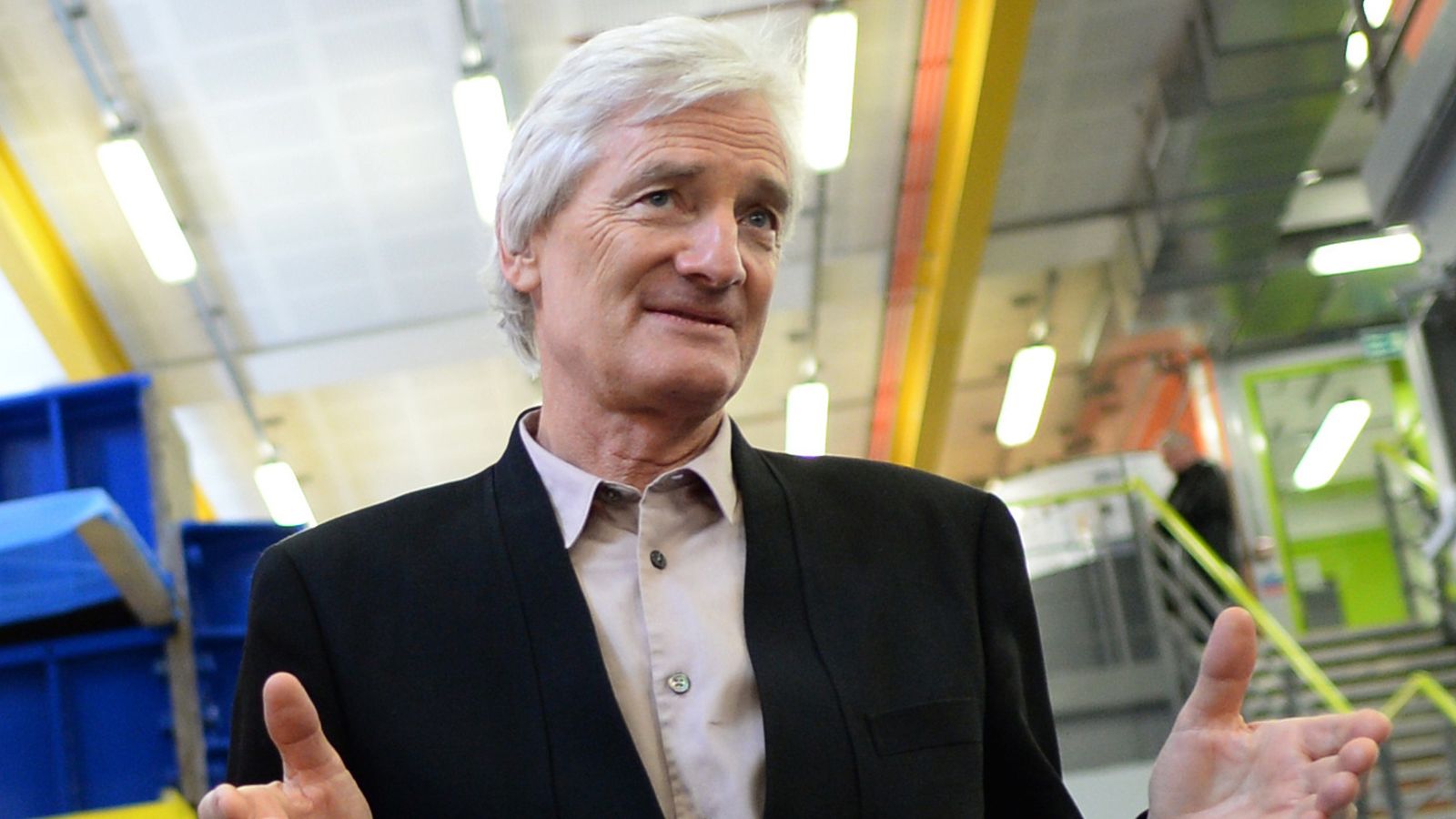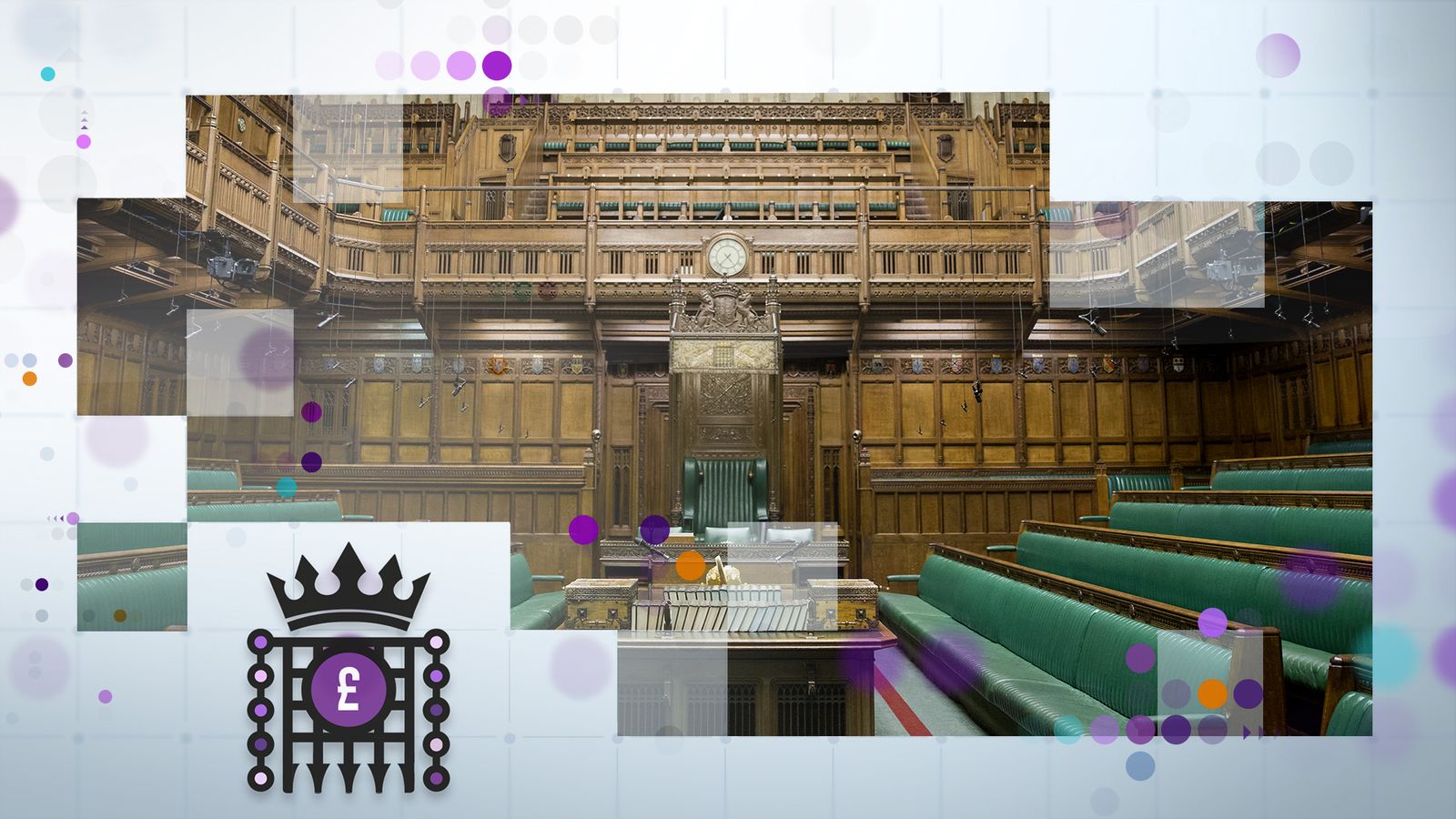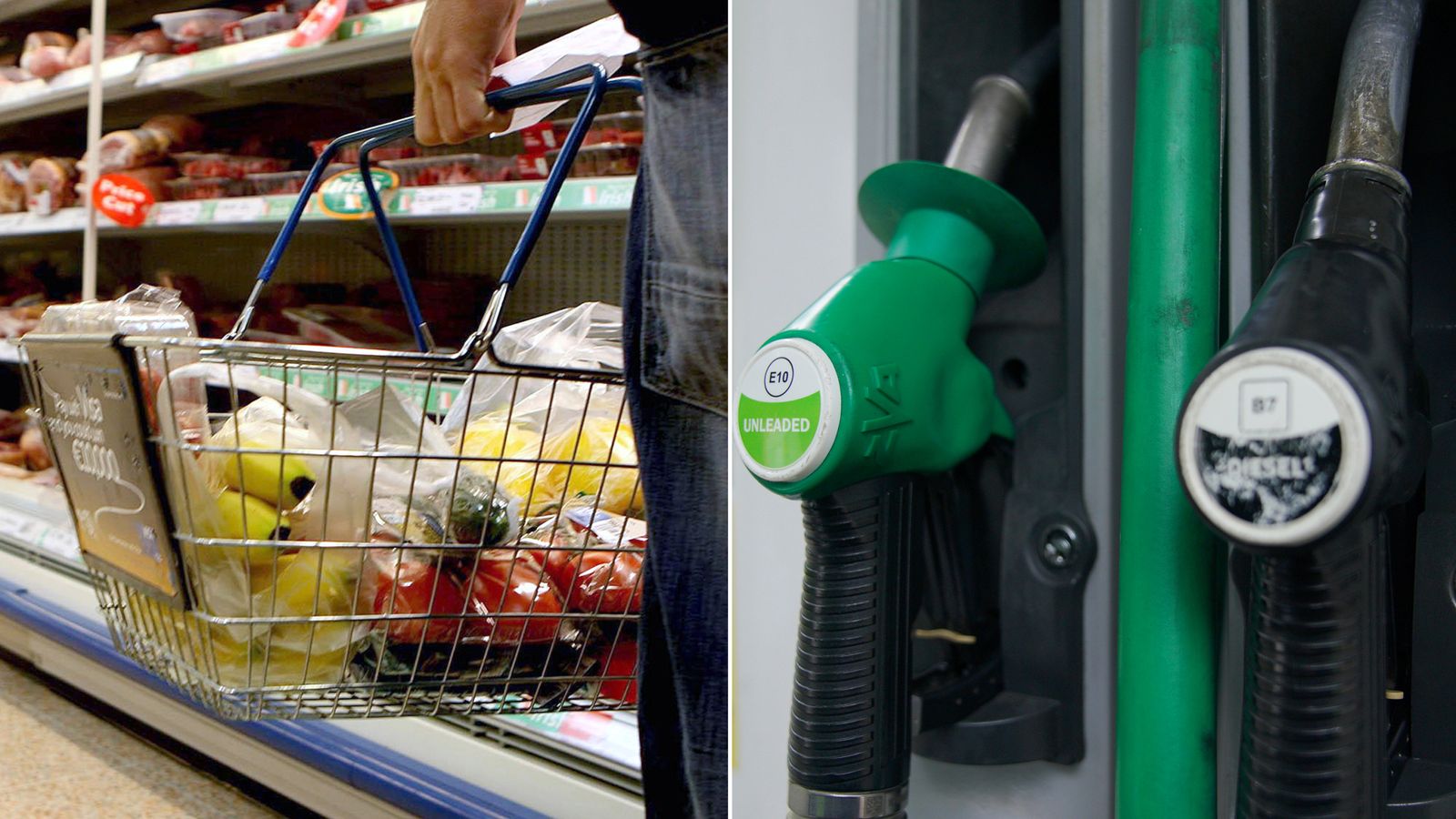The annual rate of inflation in the US has hit its highest level in more than three decades, fed by faster than expected rises in the cost of fuel and food.
The headline consumer prices measure rose to 6.2% in October – a level not seen since 1990 – after a 0.9% surge on the previous month.
It represented a sharp acceleration in the cost of living that is being experienced globally, including the UK, as economies reopen from COVID-19 disruption but are hampered by supply struggling to keep pace with demand.
The bottlenecks have been exacerbated by worker shortages – hampering both production and deliveries.
The price surge is a concern because it risks harming spending power in the recovery from the pandemic disruption, but central banks can only do so much to limit the pace because things like energy costs are outside their control.
The US Federal Reserve and the Bank of England both last week maintained their views that much of the factors behind rising inflation are “transitory” – that they are temporary factors and inflation will fall back in the medium term.
But while the Fed took some action to take some heat out of the economy and prices, its counterpart in London stopped short of a policy response through an interest rate rise, as financial markets had expected.
The UK’s inflation rate currently stands at 3.1%, but is tipped to rise sharply when the next set of figures is released next week.
The Bank expects the CPI measure to rise above 5% next year.
In the case of the US, economists also believe there is more inflation to come, as factory gate data suggests higher costs in the early supply chain.
Sam Bullard, a senior economist at Wells Fargo, told the Reuters news agency: “Supply disruptions and the recovery of services poses a substantial concern that higher-than-expected inflation could persist for longer than the Fed believes.
“We expect goods inflation to hand the baton to services over the course of the next year, but all signs indicate that supply chain bottlenecks will keep fanning the flames on inflation in the near term.”
The country’s latest employment figures showed wage growth at an eight-month high.
President Joe Biden, who reacted to the figures by saying they were a “top priority”, is under pressure to help ease fuel prices by relaxing curbs on the country’s domestic oil producers after major oil-pumping nations snubbed last week his call to increase supply.
US pump costs are currently at seven-year highs ahead of the Thanksgiving and Christmas holidays on the back of a 60% rise in wholesale costs in the year to date.
The dollar rallied and Bitcoin – increasingly seen as a new risk-off asset class – hit record highs in the wake of the inflation data, while stock markets fell back on Wall St as investors saw the prospect of a Fed U-turn ahead.
Craig Erlam, senior market analyst at ONADA, wrote: “It’s getting harder and harder for the Fed to describe inflation as transitory, and the response to today’s data suggests the narrative won’t work on investors anymore.
“The chances are, the central bank would have phased it out over the next couple of meetings anyway as it was losing credibility on that front, but today may have hastened that.”





